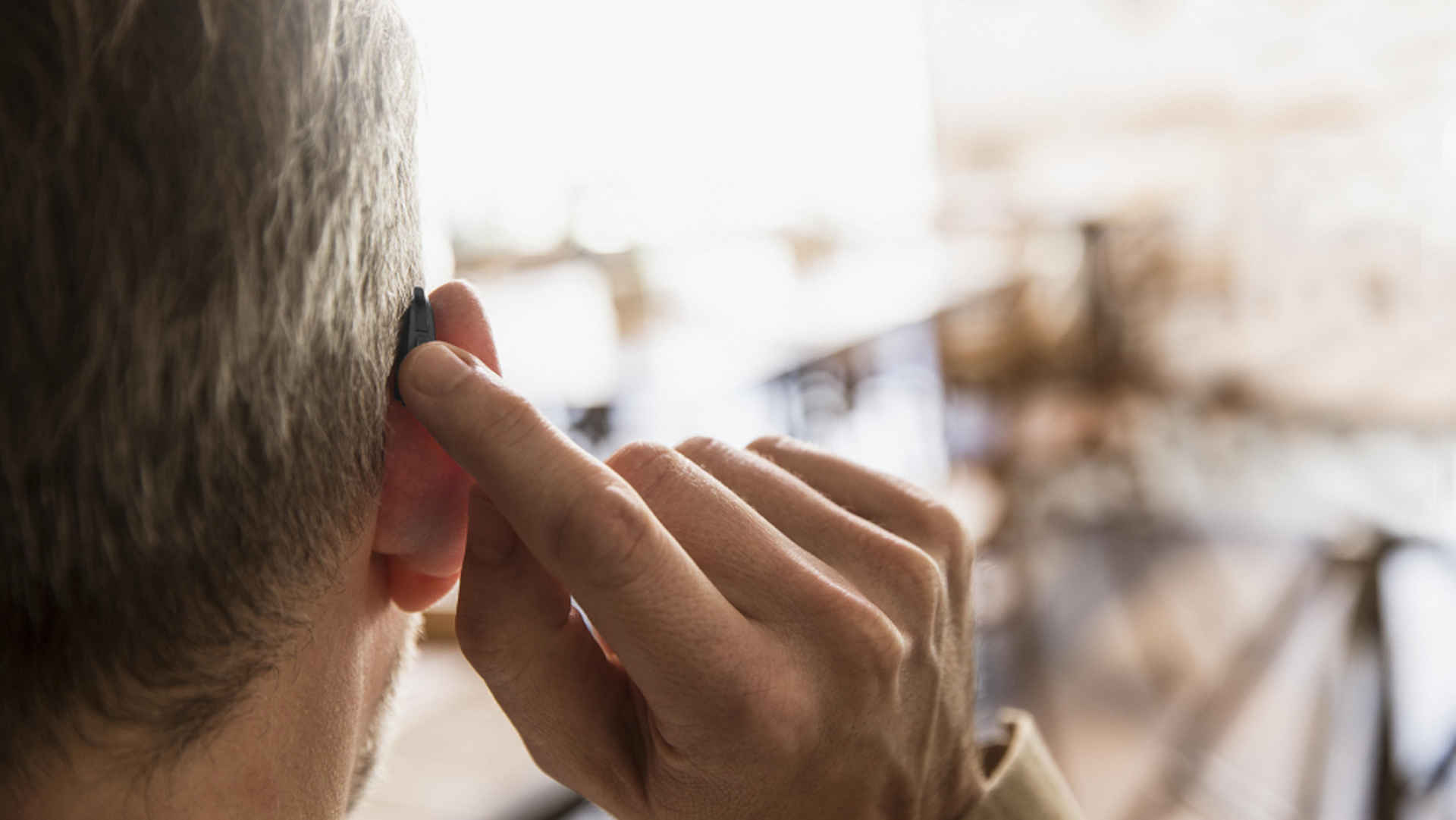Is Widex SmartRIC™ the right hearing aid for you?
Hearing aids

Hearing aids

Hearing aids
Science

Hearing aids
Streaming

Hearing aids
Tinnitus

Hearing aids
Streaming